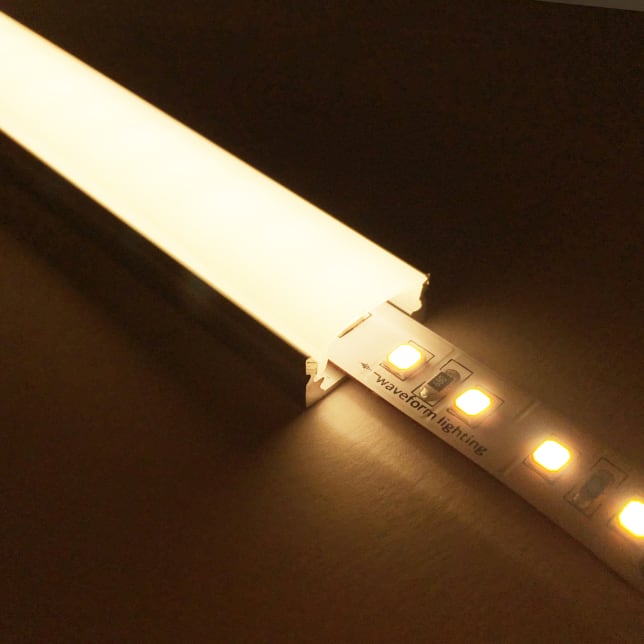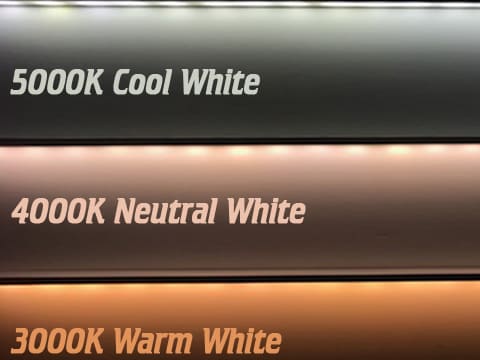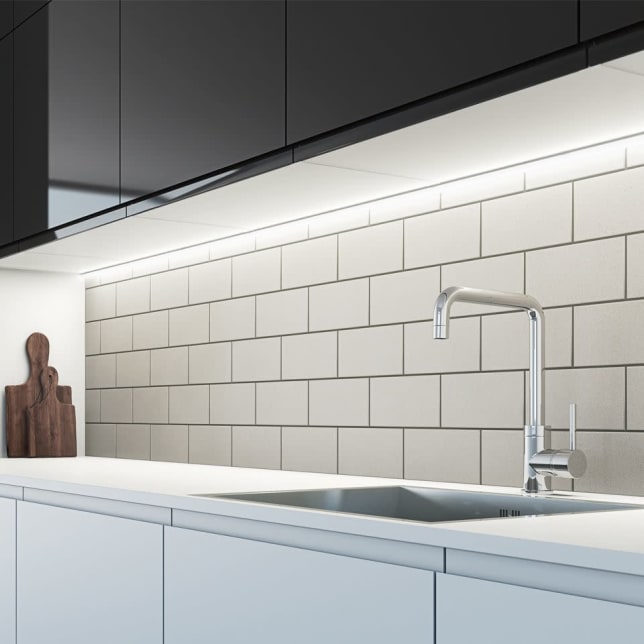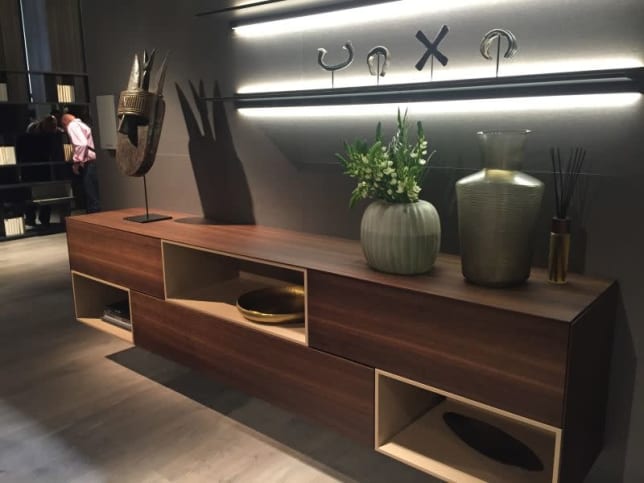LED Light Strips are Not What They Used to Be
Nov 06,2021
With the advent of innovative, energy-efficient LED lighting technology, homeowners can create a unique lighting ambiance in every dark corner of their homes. In the past few months, Rise has reviewed Wi-Fi LED lighting controls, smart mood lighting, and even voice command LED lighting. Smart lighting technology is giving homeowners a whole new level of control over their lights.Now, homeowners are going “beyond the bulb” with LED light strips. LED light strips at one time were only used in accent lighting or task lighting. However, as the light-emitting diodes have increased luminous efficacy, LED light strips can offer a wide variety of stimulating and attention-grabbing lighting ideas throughout the home.
What Are LED Light Strips?
LED light strips are also known as LED “tape” or “ribbon” light because of their long thin shape. They typically have an adhesive backing, allowing them to be placed in hard to reach places where regular light fixtures are not feasible. These strips are made up of flexible circuit boards that have a series of surface-mounted light-emitting diodes (also known as SMD LEDs). In the past, the relative dimness of these lights could only serve the function of background decoration.

Benefits of LED Light Strips
Today, advanced lighting technology can allow LED light strips to function as the primary lighting source in a home. Examples of uses include high brightness task lighting, fluorescent, and halogen lighting fixture replacements, and even growing plants in indoor greenhouses. Imagine a dark corner of your kitchen counter hidden away between the side of your refrigerator and an overhanging cabinet. Placing a small halogen bulb to illuminate that corner would likely require and extensive (and expensive) electrical installation. An LED light strip with an adhesive backing, on the other hand, could easily be installed on the underside of the cabinetry or along the edge of the wall. This allows for a creative and stylish lighting solution that brings to life an area of your kitchen that used to gather dust.
Another benefit of opting for LED light strips is their versatility. They generally come in half-inch thickness and up to 16 feet in length. Cut lines are located every one to two inches allowing you to customize the size of the strips. Individual, tiny LED bulbs are mounted on the strip with anywhere between 18 to 36 LEDs per foot. The adhesive back side of the flexible circuit board allows these strips to be applied to virtually any surface—even curved and uneven surfaces. While typical LED light strips come in warm and cold white colors, you can also find them in a wide variety of unique color combinations.

Related Products on Rise
In terms of energy efficiency, most LED light strips consume around four watts per foot. A 20-foot LED light strip, then, would consume about 20 watts of energy, comparable to two LED light bulbs or one large CFL (compact fluorescent) bulb. When purchasing LED light strips, the manufacturer usually lists the power draw per foot so that you can choose the most energy-efficient option. LED light strips that emit more than 200 lumens per foot are excellent for primary lighting. Lights under 200 lumens per foot are generally best for accent lighting.
LED Light Strips Sizes
LED light strips are available in many different lengths. As mentioned above, one of the attractions of these types of lights is that they can be cut to size along designated cut lines usually spaced every inch or so. The primary consideration in terms of length is what is known as the “maximum run” for each strip. For standard density LED strips or 30 small LED lights per meter, the maximum run is just over 32 feet. High density LED strips with up to 60 small LEDs per meter only has a maximum run of 16.4 feet. When cutting your LED light strips for a home lighting project, each segment must be connected to a separate DC power supply or to another segment in a daisy chain arrangement.
LED Light Strips - Indoor and Outdoor
LED light strips are appropriate in both indoor and outdoor settings. The adhesive strip can stick to almost any type of surface. If the LED strip is going to be in constant contact with water, moisture, or dust, then opt for light strips labeled for outdoor use. These strips will come with an external environmental rating of IP65 or IP68, meaning that they will be either dust and water-resistant or dust and waterproof.
Examples of How to Use LED Light Strips in Different Rooms of the Home
LED light strips offer many significant benefits and advantages for innovative home lighting solutions. However, knowing how to use them to maximize their potential is a bit trickier. Below, we offer a few simple design ideas for LED light strips in several different areas of the home.

Kitchen
Many kitchens have cabinets that don’t reach the ceiling. That space above the cabinets is often wasted. Adding some simple LED strip lights to that dark cove can draw interest to your ceiling and highlight architectural details such as unique molding. Under-cabinet lighting also serves to expand your cooking preparation workspace and make your kitchen feel expansive.

Living Room
One great way to draw interest to family photos or other pieces of artwork hanging on your living room walls is to add some LED light strips to the back of a frame. This light will enhance your photos and artwork while also adding accent lighting to areas of your walls that are usually darker than the center of the room.

This article comes from Tobias Roberts, Rise Writer
